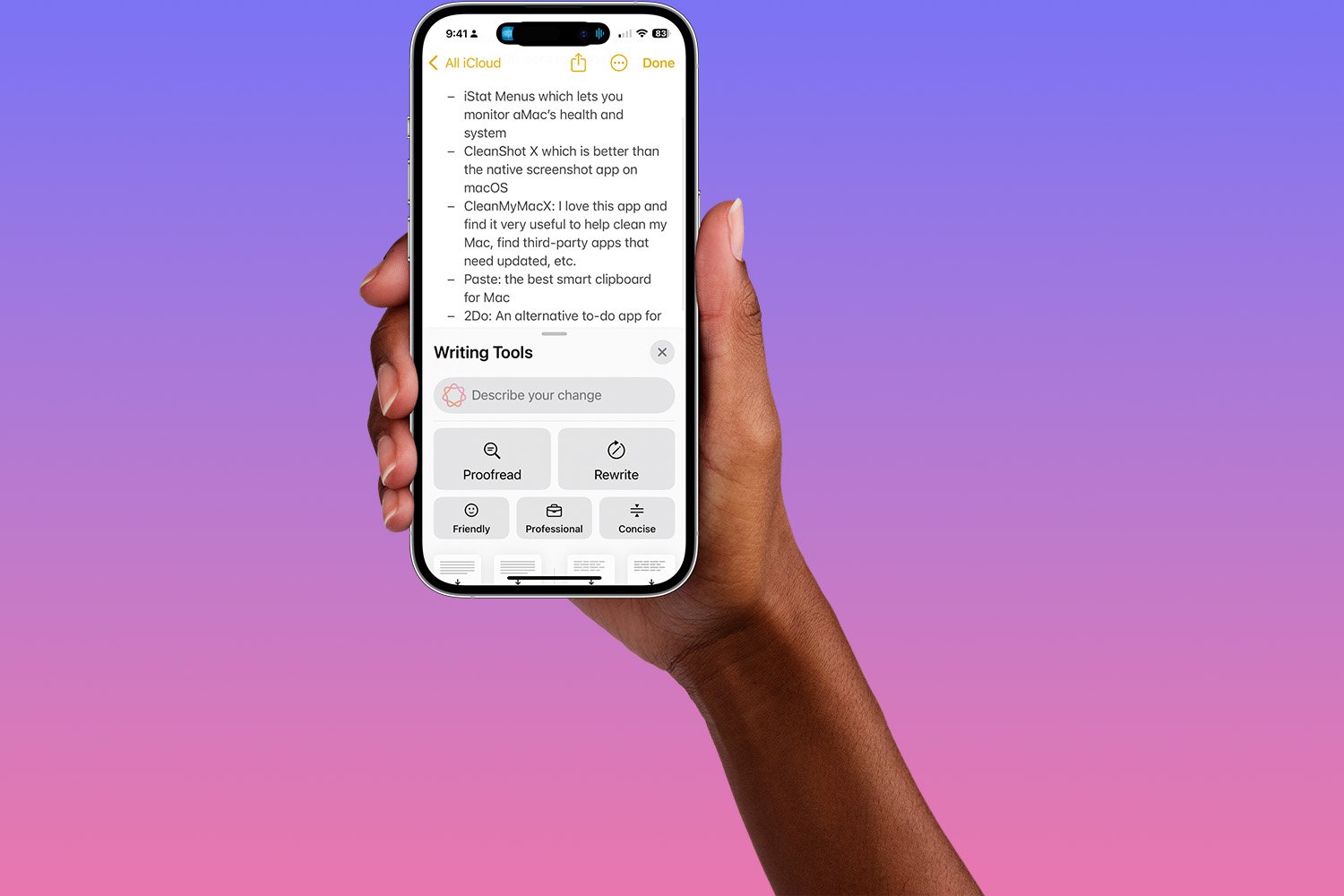Premiere Pro is a powerful video editing software used by professionals worldwide. It offers a wide range of tools and features for video production, making it a top choice for filmmakers, content creators, and editors. However, the cost of the official version can be prohibitive for some users, leading many to search for cracked versions of the software.
In this guide, we will discuss the concept of Premiere Pro free crack, its risks, and the potential consequences of using unauthorized copies. While cracked versions might seem appealing due to their free availability, they come with a variety of security and legal issues that can harm your system and violate copyright laws.
Before downloading any cracked software, it is crucial to understand the potential dangers and make an informed decision. This article aims to provide valuable insights into the use of Premiere Pro cracked versions, along with safer alternatives to obtain the software legally.
Premiere Pro Free Crack Overview
Premiere Pro free crack refers to unauthorized versions of Adobe Premiere Pro that are distributed for free, bypassing the need for a legitimate purchase or subscription. These cracked versions are typically modified to disable the software’s activation process, allowing users to access all features without paying for the official license.
How Premiere Pro Cracks Work
Cracked versions of Premiere Pro are usually distributed through torrent sites or third-party download platforms. These versions are altered to remove the activation key or serial number requirements. However, this modification can introduce malware, viruses, or other harmful components that can compromise the security of your computer.
Risks of Using Premiere Pro Free Crack
Using a Premiere Pro cracked version comes with significant risks. Not only does it violate copyright laws, but it also exposes your system to potential security vulnerabilities. Cracked software may contain hidden malware or other malicious code that can damage your files, steal personal data, or corrupt your system. Additionally, cracked versions of the software may not receive updates or technical support from Adobe.
Is it Safe to Use Premiere Pro Cracks?
Using a Premiere Pro crack may seem like an easy way to access the software without paying for it, but it carries significant risks. While cracked versions promise free access to all the features, they often come with hidden dangers that can compromise your system’s security and your personal data.
Security Risks of Using Cracked Software
Cracked versions of Premiere Pro are often distributed through unofficial channels such as torrent sites. These versions may be bundled with malicious software, including viruses, spyware, and ransomware, which can damage your computer and steal sensitive information. Once installed, these threats can lead to system instability, data loss, and unauthorized access to personal files.
Legal and Ethical Considerations
In addition to security risks, using Premiere Pro cracked versions is illegal and a violation of Adobe’s terms of service. Distributing or using cracked software is considered software piracy and can result in severe legal consequences. Adobe actively pursues legal action against individuals and organizations that use or distribute cracked versions of its software.
Risks Associated with Downloading Free Cracked Software
Downloading free cracked software, such as Premiere Pro free crack, poses a range of serious risks to both your device and personal data. While these versions may seem appealing due to their zero cost. The dangers associated with them often outweigh any potential benefits.
Malware and Security Threats
One of the most significant risks of downloading cracked software is the potential for malware infections. Cracked versions of software are frequently bundled with harmful code such as viruses, spyware, or ransomware. These malicious programs can steal personal information, corrupt files, or even lock your computer until a ransom is paid. Even downloading a cracked program from seemingly trustworthy sources could result in security breaches.
Legal and Ethical Issues Premiere Pro
In addition to the technical risks, downloading cracked software like Premiere Pro or the “filmora 13 crack” violates copyright laws. Using or distributing cracked software is illegal and could lead to legal consequences, including fines or lawsuits from the software manufacturer. It is always recommended to use legitimate methods to obtain software to avoid potential legal issues.
How to Find Reliable Premiere Pro Alternatives
If you’re looking for an alternative to Premiere Pro free crack, there are several legitimate and reliable options available. These alternatives provide powerful video editing capabilities without the risks associated with cracked software.
Explore Open-Source Software
One of the best ways to find a reliable alternative to Premiere Pro is by exploring open-source software. Programs like DaVinci Resolve and HitFilm Express offer robust features for video editing without the need for cracked versions. They often have free versions available with no hidden risks or malware.
Consider Subscription-Based Services
Another option is to look for subscription-based video editing software that fits your budget. Programs such as Filmora offer affordable monthly plans, giving you access to a full suite of editing tools without the need to resort to illegal cracked versions. These services often provide updates and customer support, ensuring that you’re always using the latest and safest version.
Legal Considerations When Using Cracked Programs
Using cracked software, including Premiere Pro free crack, is not only risky but also illegal. Distributing, downloading, or using cracked programs violates copyright laws and can lead to severe legal consequences.
Violation of Copyright Laws
Cracked software is a form of piracy, as it bypasses the need for a legitimate purchase or subscription. By using a cracked version of Premiere Pro, you are infringing on Adobe’s copyright, which is protected under international copyright laws. Software piracy can result in hefty fines, legal action, or even criminal charges in some jurisdictions.
Consequences for Businesses and Individuals
For businesses, using cracked software opens the door to both financial and reputational damage. If caught using pirated software, a company may face lawsuits, fines, and the loss of its professional reputation. Individuals, too, can be held liable for using cracked software, facing similar legal issues and potential financial penalties.
Best Methods for Getting Premiere Pro for Free Legally
If you’re looking for ways to access Premiere Pro without resorting to cracked versions, there are several legitimate methods that allow you to use the software for free or at a reduced cost.
Free Trial from Adobe
Adobe offers a 7-day free trial of Premiere Pro, giving you full access to the software with all features enabled. This is an excellent way to test out the program without committing to a subscription. Keep in mind that the trial period is limited, and once it expires, you’ll need to purchase a subscription or explore other options.
Educational Discounts and Licenses
If you’re a student or educator, you can access Adobe Premiere Pro at a significant discount through Adobe’s Creative Cloud for Education plan. Many educational institutions also provide free access to Adobe software for their students, which is a great legal alternative to using cracked versions.
Why Choose Legitimate Software Over Cracked Versions?
Choosing legitimate software, such as the official version of Premiere Pro, offers several benefits over using cracked programs. While cracked software may seem like a free alternative, it comes with serious drawbacks that can affect your system and your work.
Advantages of Legitimate Software
- Security and Safety: Legitimate software is free from malware, viruses, and other security threats that often accompany cracked programs. Using official versions ensures that your system remains protected.
- Regular Updates: With legitimate software, you receive regular updates and patches that improve functionality and fix bugs. Cracked versions, on the other hand, do not offer updates and may become outdated or unstable.
- Customer Support: Purchasing a legal license grants you access to customer support, helping you troubleshoot issues and make the most of the software’s features.
- Legal Protection: Using legitimate software keeps you in compliance with copyright laws and protects you from legal actions that can arise from using pirated versions.
Risks of Using Cracked Software
- Exposure to Malware: Cracked versions often come with hidden malicious software that can harm your system or steal personal data.
- System Instability: Cracked programs can cause crashes, slow performance, or conflicts with other software, leading to productivity loss.
- Legal Consequences: Using cracked software is illegal and can result in penalties, fines, or legal action from the software manufacturer.
FAQ
What is the risk of using Premiere Pro free crack?
Using Premiere Pro free crack poses significant risks to your computer and personal data. Cracked software often comes bundled with malware, viruses, or spyware that can damage your system or steal sensitive information. Additionally, cracked software doesn’t receive regular updates, leaving you vulnerable to security flaws. It’s also illegal and can result in legal consequences for users caught distributing or using pirated software.
Can I trust websites offering Premiere Pro free crack downloads?
No, downloading Premiere Pro from unverified or unofficial websites is highly risky. These sites often host cracked versions of the software that can contain harmful viruses or malicious code. Even if the website appears legitimate, it can be a source of security threats, including ransomware and data theft. It’s always safer to obtain software directly from trusted sources, like Adobe’s official website or authorized resellers.
Is there a legal way to get Premiere Pro for free?
Yes, Adobe offers a 7-day free trial of Premiere Pro, giving you access to the full features of the software. This allows you to explore and use the software without paying for it upfront. Additionally, students and educators can take advantage of Adobe’s Creative Cloud for Education program, which offers a significant discount on Premiere Pro and other Adobe products.
What happens if I get caught using Premiere Pro crack?
If you are caught using a cracked version of Premiere Pro, you could face legal consequences, including fines or lawsuits from Adobe for violating copyright laws. Adobe actively monitors and enforces its software licensing agreements, and piracy is taken seriously. Besides the legal risks, using cracked software can expose your system to potential data loss and other security issues. It is always better to use legitimate software to avoid these risks.
Are there any safe alternatives to Premiere Pro for video editing?
Yes, there are several safe and reliable alternatives to Premiere Pro for video editing. Some popular options include DaVinci Resolve, which is known for its professional-grade color grading and editing tools, and HitFilm Express, a free video editing software that offers many of the features found in premium programs. These alternatives provide robust editing tools without the need for cracked software, and they often have free versions available for download.
Why do people use Premiere Pro free crack when there are legitimate ways to get it?
Many people opt for Premiere Pro free crack because they believe it provides free access to the software without the high cost of a subscription. Some users may be unaware of the risks associated with cracked software, including security vulnerabilities, legal issues, and the lack of updates. Additionally, some may feel frustrated by subscription models and seek a one-time “free” solution. However, using cracked versions exposes users to malware, data theft, and legal repercussions, making it a dangerous choice. It is always safer and more beneficial to explore legal alternatives such as Adobe’s free trial or educational discounts for legitimate access to the software.






























